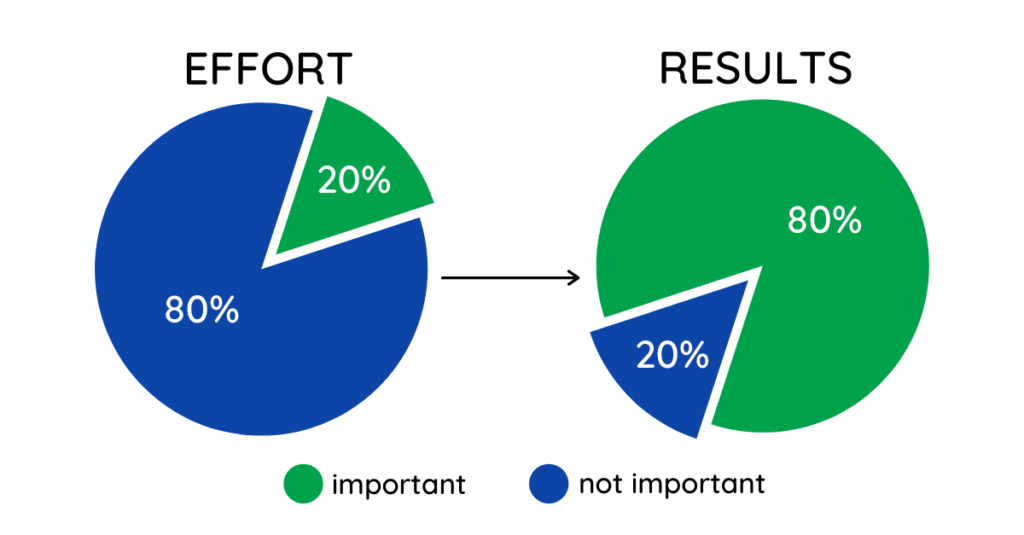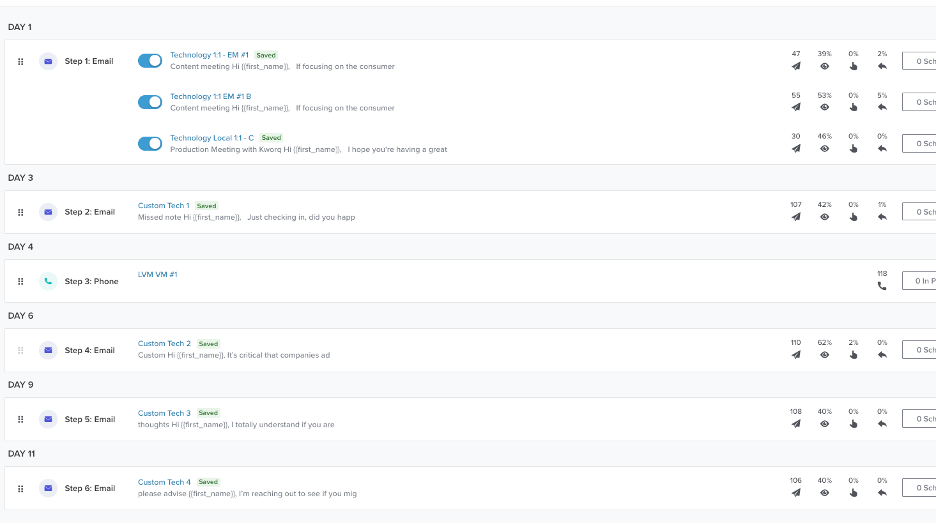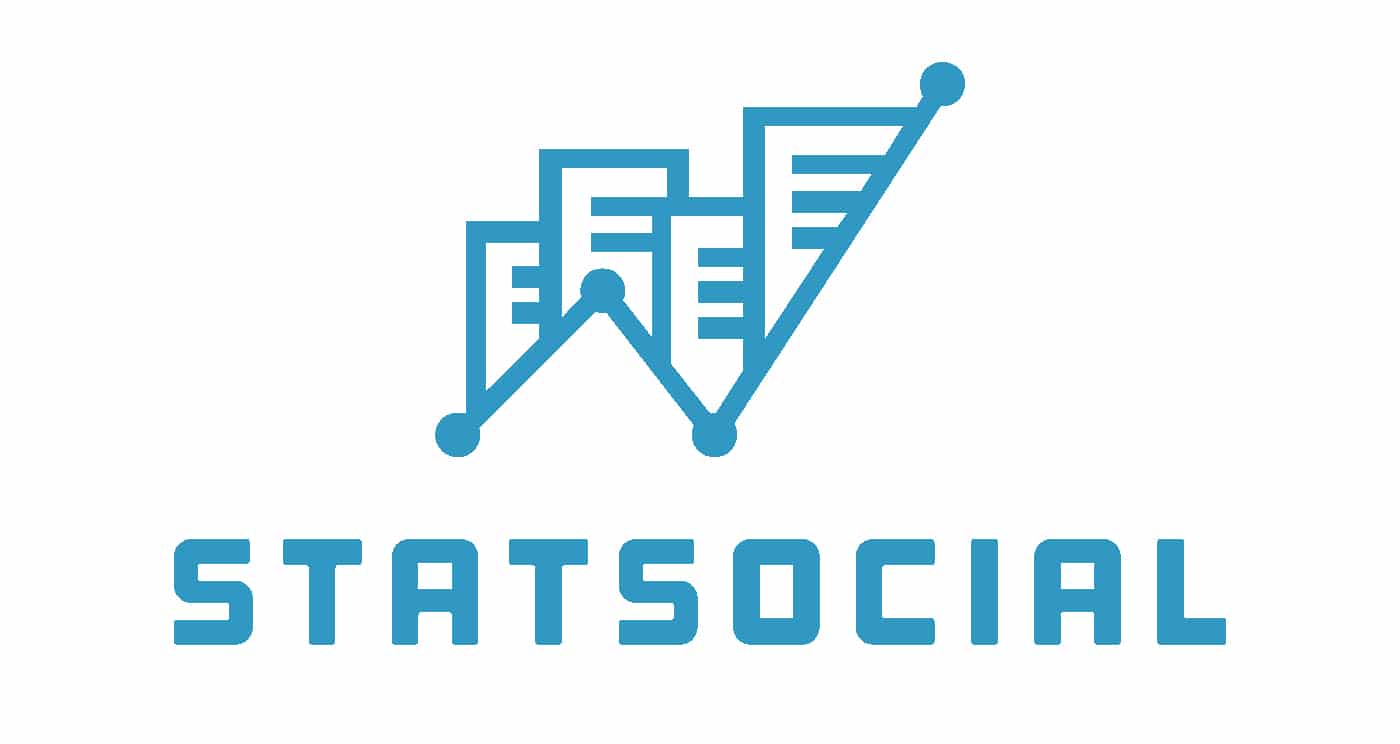Given the recent market shifts, everyone’s asking themselves, “How do we get incremental new revenue coming into the agency given our latest hit to the economy?” The key to accelerating your agency’s lead generation is through proactive prospecting. It’s understandable that clients are seemingly dragging their feet, but there is still budget to be had. Client aren’t feeling confident in their plans just yet, but soon the current market conditions will settle and we will know what we are heading into for the rest of this year. Identifying and predicting these shifting budgets before they happen is the goal of an agency new business person right now.
During budget shifts and rebuilding of brands, our goal needs to be reaching out with the right message, to the right prospect, at the right time. You can no longer put one message out in front of the masses and hope it works. All your outreach must be tailored to the specific individual and brand.
In order to find success during this time, you will have to drop your old, tired concept of sales. Rather, embrace sales as the idea of lead generation and lead conversion. Sales is not a dirty word, particularly if you approach it from the perspective of helping your prospects. It’s not about selling the great new services or strategic tools you have – that would mean you’re selling your features rather than your benefits and not leading with the prospect’s needs or helpful insights. Sales, now more than ever, is about being active and leaning in.
What can your agency do to accelerate your lead generation during a market shift?
- Identify shifting budgets.
- Predict where those new budgets will fall.
- Most importantly, retire your old view of sales to an Account-Based Sales approach.
Imagine if you could accelerate your pipeline and shorten your sales cycles. Or what if you were able to focus on just those high-value prospects and the ones that are already predisposed to your agency. Think less waste on leads that are ultimately just going to fall flat. ABS is more strategic and more efficient while being hyper-focused and hyper-personalized in selling to a smaller number of better prospects. The ABS approach allows you to target only your most qualified prospects much harder with personalized messaging and content.
In our opinion, ABS is more focused and faster while consuming fewer resources. For agencies at Catapult, this is the approach we use for the majority of our proactive prospecting efforts. One way you can think of Account-Based Sales is the 80/20 rule. 20% of your effort yields 80% of your results. Most likely, if you did an analysis of your prospecting list you will find that a small percentage of prospects were actually worth all the effort you put against your proactive efforts. With ABS, you can ensure you are leveraging your limited resources and applying them to a smaller number of better prospects that are more likely to work with your agency.

When it comes to ABS, qualification is key. We often see qualifications at most agencies happening too late in the pipeline. This means agencies are doing a ton of work trying to get in the door only to find out the prospect isn’t really a good fit for the agency overall. So how do you start qualifying prospects much earlier in your process? Hone in on prospects with an urgent need that your agency has a right to win and can credibly fulfill. Most agencies can’t be everything to everyone, so you want to pre-qualify your leads much earlier in the process and target them with more personalized content. We find that most agencies are spreading themselves too thin across too many unqualified prospects with generic messaging and then finding themselves in an uphill battle during the pitch process.
Here’s how you can start shifting from the typical agency prospecting method to an Account-Based Sales approach and get better results.
1. Start all your outreach plans with the accounts, not the offer. Who needs help that your agency can successfully support?
2. Then think through the insight against those accounts. What is their specific urgent need based on the research and insights you have into their brands?
3. After you have your insights, start curating your sales content. How can we help them?
Keep in mind, you aren’t creating content with the intent of just making them a client, but rather how can you provide value through your sales and marketing messaging. This actually marries a little bit of inbound marketing with ABM and can be very powerful.
4. Once you have curated your content, now you start thinking about channels. How should you best communicate this content in a way that the prospect can take your insights and learn from them, regardless if they are ready to have a discussion with you?
Consider if social, email, or phone is the right way to deliver your value-added message based on the insights you are providing. Each communication channel provides value in their own unique ways.
This approach is more powerful than the typical agency prospecting. Gone are the days where you tell a prospect why you’re a great agency because you’re really creative, you’re nimble, have a great culture and you’re a “one-stop-shop”. Blending in with the other tens of thousands of marketing services firms during your prospecting efforts is a huge mistake. There is also a notion that you have to start a relationship with a prospect and after a while, they will become a client. That is not the case anymore. Relationships play a role in new business, but they are not the defining factor that will close the deal anymore. Yes, relationships will help get you in the door quicker, but they won’t necessarily help convert the business.
ABS is also far more methodical. Ideally, you will have multiple categories, but you will be targeting them one at a time with segmented messaging. Then you confirm the organizations within the target category, and then the individual people. You really want to infiltrate the organization you are targeting. The biggest shift will be reaching out from one to many to now one to one.
Once you have your highly targeted group of individuals you are then identifying the urgent need, developing your sales call-to-action and messaging strategy, then curating your content for the “hook” to open the door for your lead generation and conversion process. At the same time, you have articulated and optimized your pipeline and will monitor which messaging, which insight, which needs, which prospects you’re having more success with. And then you must optimize on an ongoing basis with ABS technology.
As far as ABS technologies, here are a few software platforms we recommend. Make sure you confirm the tools you need to be the most effective and keep it simple by sticking to the basics. Keep in mind most of these technologies are used throughout our partnerships with agencies.
In short, here are the 8 steps needed to shift your prospecting program:
- Identify high-value prospects: Leads with an urgent need that your agency can credibly fill from a category, company, and individual level.
- Identify urgent needs: Identify the most urgent category needs that your agency can support. Think of what is holding organizations back the most, what are their biggest constraints and opportunities that you can help them capitalize on?
- Sales CTA: Based on the need, what is your messaging strategy?
- Sales and marketing content: This is directed by your sales strategy and you’re creating insight0rich content that you are distributing through very specific channels to surround the individuals on your highly targeted pipeline.
- Lead generation: Once you start pushing your content you are now trying to generate a response from an individual.
- Lead conversion: You nurture each active lead with the goal of confirming an opportunity to work with them.
- Pipeline optimization: Based on your funnel, you are evaluating the performance.
- ABM technology: Implement marketing technologies to increase the scale and effectiveness of your program.
Being more targeted and more specific against more qualified leads will increase your lead generation and lead conversion. Right now prospects are not going to increase total spend, but they are reallocating and optimizing during this time. We encourage you to make the shift in your prospecting efforts, get organized, and start your ABS outreach to get the most effective results.




















